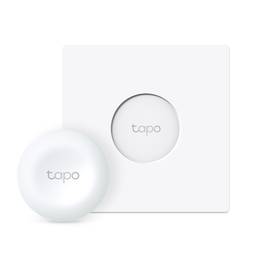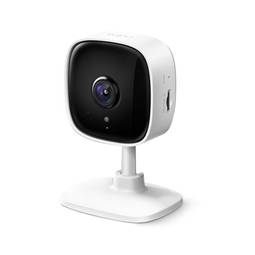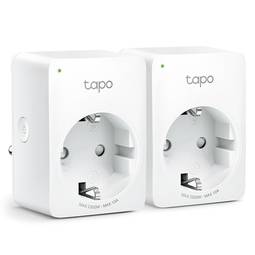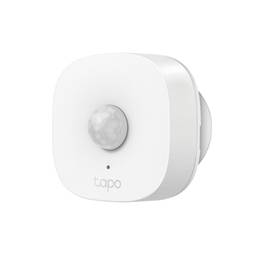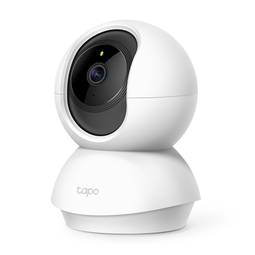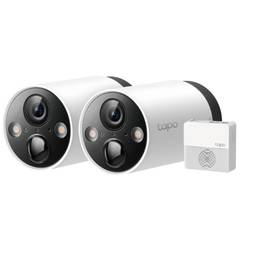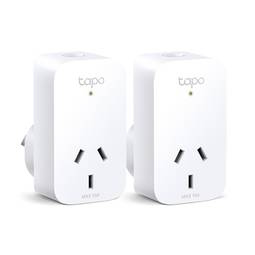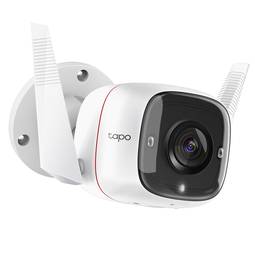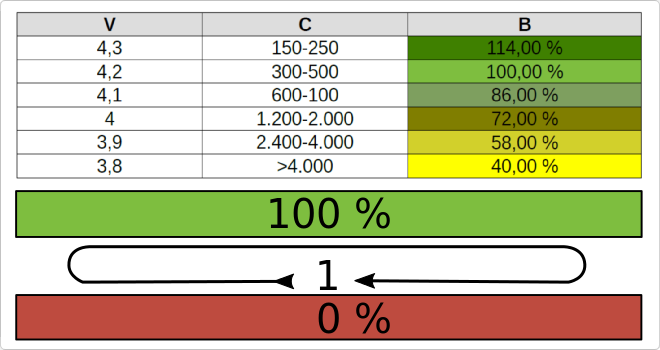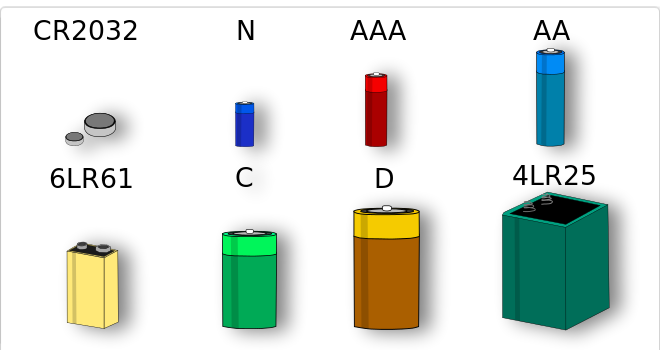08/18/2025 1:15 p.m.
https://cablematic.com/en/products/tp-link-tapo-s220-smart-light-sensor-2-gang-1-way-868mhz-250v-5060hz-TP454/
https://cablematic.com/en/products/tp-link-tapo-s220-smart-light-sensor-2-gang-1-way-868mhz-250v-5060hz-TP454/
TP-Link Tapo S220 Smart Light Sensor 2-Gang 1-Way, 868MHz, 250V, 50/60Hz
REF: TP454
Specifications
- Control Type: Tilt.
- Product colour: White.
- Quantity per package: 1 pc(s).
- AC input frequency: 50/60 Hz.
- Power Source: Battery.
PVP
€26.67
Price including VAT:
€26.67
PVD
€23.32
PVP: Retail price.
Check conditions.
PVP: Sale price to distributors.
Check conditions.
Buy before:
Receive it:
7 business days
Delivery times are approximate. Cablematic is not responsible for delays.
warranty
returns
safe
Specifications
- Control Type: Tilt.
- Product colour: White.
- Quantity per package: 1 pc(s).
- AC input frequency: 50/60 Hz.
- Power Source: Battery.
More info
TP-Link device with a tilt control type and a white color. It comes in a package containing one piece. Its power source is an AAA battery, and its AC input frequency is 50/60 Hz. Manufactured by TP-Link with reference Tapo S220.
Specifications
Specifications
- Control Type: Tilt.
- Product colour: White.
- Quantity per package: 1 pc(s).
- AC input frequency: 50/60 Hz.
- Power Source: Battery.
- Battery type: AAA.
- Ideal for: Control smart devices remotely from anywhere.
- Compatibilities: Amazon Alexa and Google Home compatible devices.
- Connections: 2.4 GHz Wi-Fi.
- Features: control up to 3 smart devices, automate household tasks, schedule automatic tasks to run at a specified time.
- Technology: Wi-Fi 802.11 b/g/n.
- Gross Weight: 100 g
- Number of packages: 1
- Master-pack: 1
Technical terms
- Hz
- Wifi
- Battery charging cycles
- Types of batteries
Hz
One hertz is one cycle per second, meaning repeating cycle as an event. For example, hertz is applied physics measuring the number of times for a second wave (either acoustic or electromagnetic) is repeated or can be applied, among other uses, to ocean waves that reach the Beach vibrations per second or a solid. The quantity that measures the frequency hertz is called,in this regard, the inverse of the period. One hertz is an oscillation frequency of suffering a particle over a period of one second.








